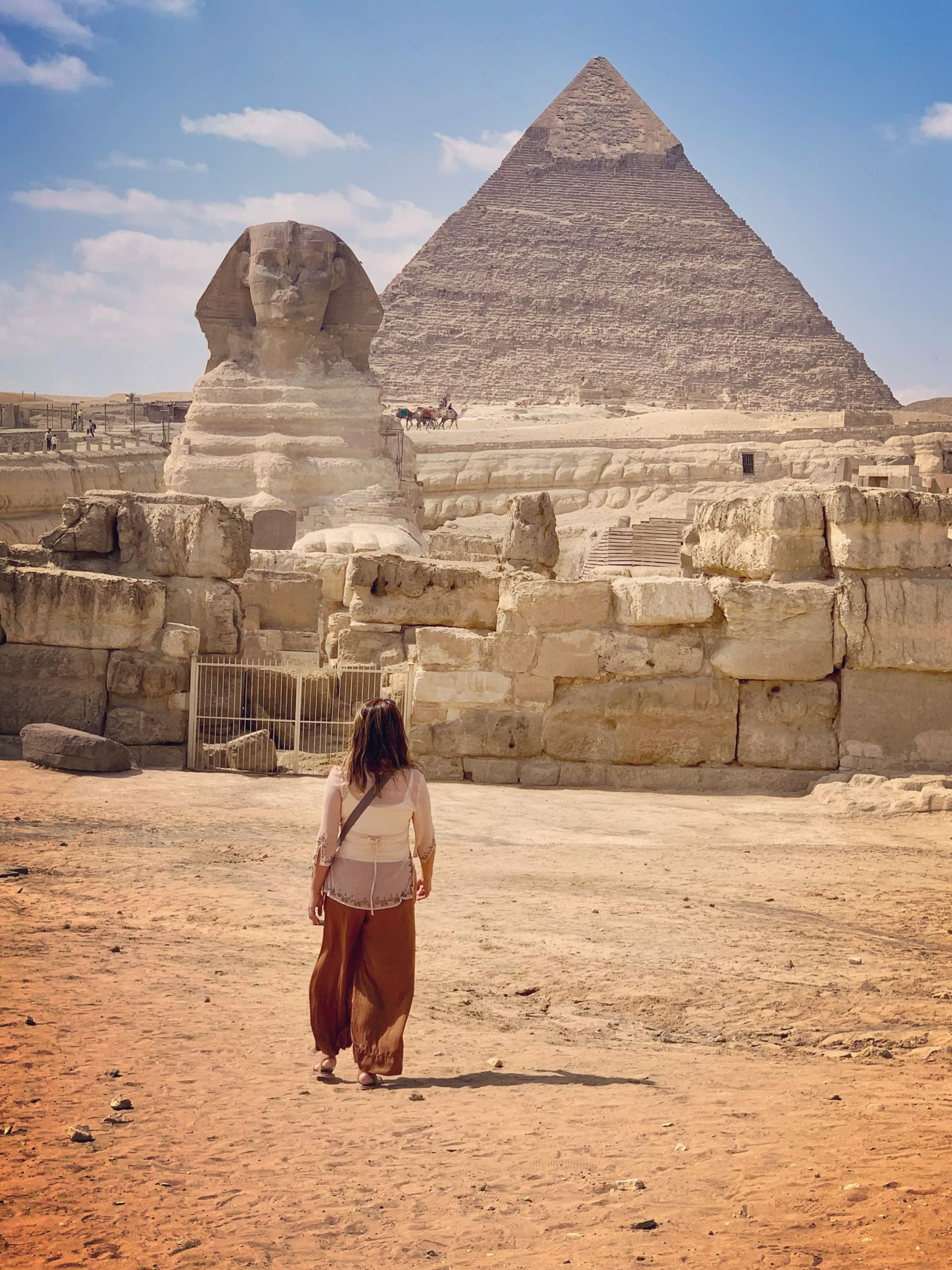Up Close and Personal with Tasmanian Devils
Last Updated on August 21, 2015
They growl like ferocious bulldogs, snort like pigs, and have the most disturbing screech I’ve ever heard. They’re strange creatures alright – spotting a stocky and muscular body, clothed in black fur and an incongruous white marking on its chest, point ears and a tail that emits a pungent odor. With ridiculously powerful jaws, they consume all types of carcasses and can kill animals three times its size.
They are the Tasmanian devils, aptly named by the early European settlers for their voracious behavior. The Aboriginals called them “tarrabah”, the nasty one, and because of their secretive and elusive personality, they’ve gained quite a reputation for themselves as satanic creatures.
But are they really as demonic as they appear to be? We headed to the Tasmanian Devil Sanctuary at Cradle Mountain to find out.
[quote]They are the Tasmanian devils, aptly named by the early European settlers for their voracious behavior. The Aboriginals called them “tarrabah”, the nasty one, and because of their secretive and elusive personality, they’ve gained quite a reputation for themselves as satanic creatures.[/quote]

Save the Devils
Located right next to the Cradle Mountain National Park, Devils@Cradle is a Tasmanian conservation facility that participates in projects set up to protect this vulnerable species, and manages a Visitor Center is opened to the public. By offering a close up encounter with the Tasmanian devils, the facility believes that it can help educate the public which in turn contributes to conservation work.
It was pitch black by the time we arrived for our night feeding tour – but the devils were more active than ever. These nocturnal species were growling and barking, running in circles from one end of their den to another. There were almost a dozen of them, all scattered around the area, looking both anxious and excited as if they were waiting for a big feast. Once in awhile, a group of them would break into a big fight and loud cat-like screeches echoed through the facility.
Our guide saw the commotion and took the opportunity to explain, “As you can see, the devils love to fight. That’s a big issue as they’re passing cancer from one devil to another through tissue transplant.”
In the 1990s, the Tasmanian devil population was so low that they were thought to be going extinct within the next decade. The main cause of their decline was the devil facial tumor disease (DFTD), a debilitating cancer that’s killing off all the devils on the island. With the development of tumors around the jaws and head of the animal, infected devils usually die within 3-5 months. The biggest issue is that the cancer is contagious and easily passed from one animal to another.
Short of a cure, scientists are removing the sick animals and quarantining healthy devils in case the wild population dies out.There are now over 22 conservation centers all over Australia that are working on a nation-wide captive breeding program to ensure there is an ‘insurance population’ of around 500-600. Devils@Cradle forms part of this program. As a trained zoologist, our guide is passionate about conserving the devil.
“These animals are really quite charismatic when you get to know them better,” she shared. Soon we learnt what she meant.
[quote]“These animals are really quite charismatic when you get to know them better,” she shared. Soon we learnt what she meant. [/quote]
The Devil’s Charm
With a baby devil wrapped around her chest, she returned with a big smile. “Meet Sandra.” We watched in amazement as the infant hugged her almost like a koala hugging a tree. We even got the chance to pat her and run our hands through her dry black fur. Sandra was nothing like the ferocious devil I’d imagined.
Having been rescued as a baby, Sandra is more docile than the others and has grown accustomed to being handled by the keepers. Sandra is part of the center’s orphan rehabilitation program – They help raise and nourish the joey devils, before reintroducing them back into the wild.
It was soon feeding time. Armed with a big bucket of blood-red kangaroo meat, we first followed our guide to feed the Eastern quoll and the spotted-tail quoll – both gentle creatures quietly nibbled away at their food silently. But once we go to the devil’s den, the noise level shot through the ceiling. The dozen or so devils hissed and growled, fighting one another for a bigger share of food. Even the brothers, that our guide pointed out, were not willing to feed together.
“They’re messy and bad-tempered,” said our guide passionately, “but they’re also very special in their own way.”
Disclaimer: Our trip was made possible by Tourism Tasmania, but all opinions expressed above are our own






The Comments
Jeremy Branham
Very unique creatures. My only knowledge of them comes through the cartoon. I had no idea they were so mean and nasty. Sad to hear about the cancer though. Hopefully a cure can be found or they can figure out how it's developed and stop it.
rachelmorri
They look too cute for a name devil, but yeah they're one of the most ferocious beasts and should not be taken ligthly. Let us all hope that these cute little devils will be able to grow again their number, and get back to the wild.
Nellie
Based on the conservation efforts, they should be able to flourish. Let\’s hope they continue to survive in the world. ;)